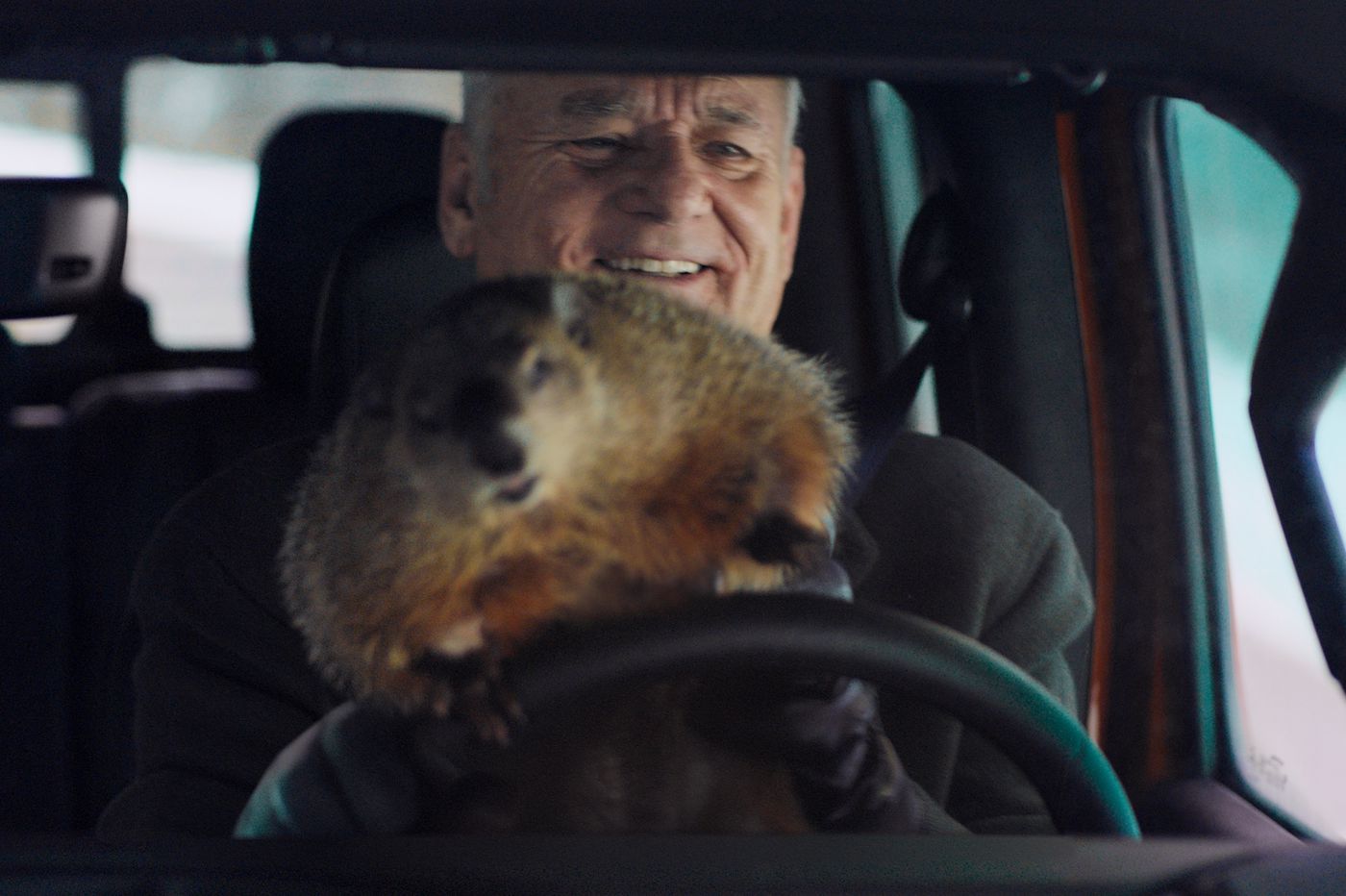1.31.20 Super Ground Hog Day
Are you getting the feeling that we’ve been here once before? But ONLY once before? Maybe that’s because this year the Super Bowl falls on Ground Hog Day. And that might make you feel like it’s 2014, the one and only other time this has happened. Which provides us an interesting opportunity to explore the effectiveness (or not) of Super Bowl advertising over time.
To wit: here’s a look back at the top 5 ads of Super Bowl 2014 (with a bit of postscript).
Number Five: Chrysler tapped Bob Dylan (!) to sing the praises of its “made in America” line of cars. (CarSalesBase.com reports that 2014 Chrysler sales were approximately 300K; in 2019 that number had dropped to 125K)
Number Four: Audi relaunched its A3 compact sedan by comparing it to a cross between a Doberman and a Chihuahua, in “Doberhuahua.” (A3 sales spiked from 22K to over 30K in the two years following this launch.)
Number Three: T-Mobile noted that contracts are bad by humorously illustrating how much Tim Tebow can get done without a football job. (Macrotrends reports that T-Mobile sales have steadily risen from $24B to $44B since 2014.)
Number 2: Budweiser, a perennial game advertising favorite, warmed hearts with the story of the love between a Clydesdale and a dog in “Puppy Love.” (Bud remains the largest brand for Belgian owner InBev; sales in the US have been slipping for years, but are being made up for by increasing sales worldwide.)
Number One: Coca-Cola won the day with a colorful, multi-lingual take on “America the Beautiful.” (2014 marked the beginning of a long slow decline for Coke, from $46B to $33B annual sales; perhaps more important, America itself has since descended into partisan xenophobia.)
And one last thing about Super Ground Hog Bowl 2014: the Broncos got crushed 43-8 by the Seahawks, marking a record fifth loss for Denver in the big game. Let’s not relive that.
